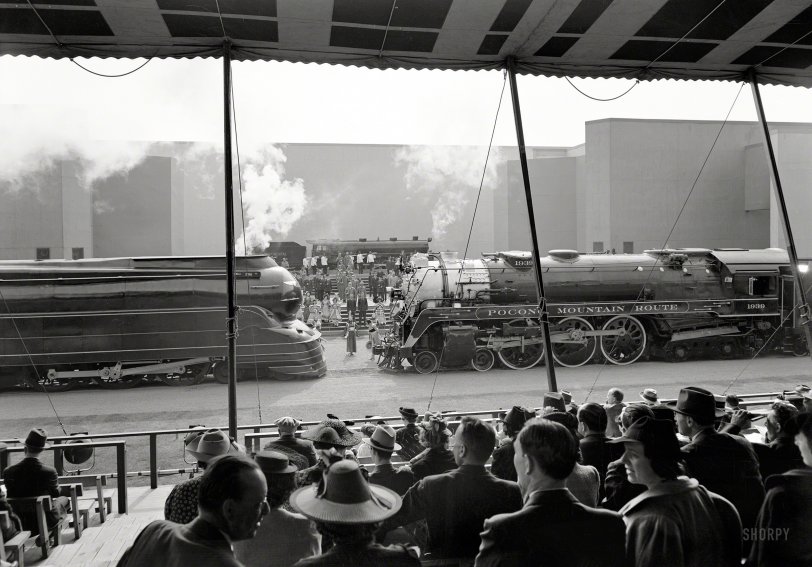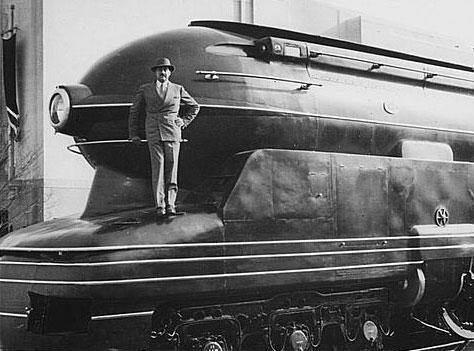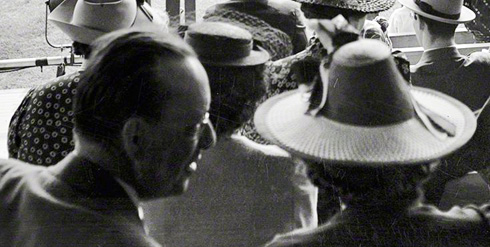


Framed or unframed, desk size to sofa size, printed by us in Arizona and Alabama since 2007. Explore now.
Shorpy is funded by you. Patreon contributors get an ad-free experience.
Learn more.

- Lost in Toyland
- And without gloves
- If I were a blindfolded time traveler
- Smoke Consumer Also Cooks
- Oh that stove!
- Possibly still there?
- What?!?
- $100 Reward
- Freeze Frame
- Texas Flyer wanted
- Just a Year Too Soon
- WWII -- Replacing men with women at the railroad crossing.
- Yes, Icing
- You kids drive me nuts!
- NOT An Easy Job
- I wonder
- Just add window boxes
- Icing Platform?
- Indiana Harbor Belt abides
- Freezing haze
- Corrections (for those who care)
- C&NW at Nelson
- Fallen Flags
- A dangerous job made worse
- Water Stop
- Passenger trains have right of way over freights?
- Coal
- Never ceases to amaze me.
- Still chuggin' (in model form)
- Great shot
Print Emporium
Railroad Pageant: 1939

May 27, 1939. "New York World's Fair, railroad pageant. Final curtain, locomotives." Large-format negative by Gottscho-Schleisner. View full size.
Re: World's Largest Locomotive
While a very large machine, this one is not quite the largest. That honor would go to the 4-88-4 ALCO Big Boy which ran on the UP. Rated at 6,290 hp, it weighed 548 tons. It was followed closely by the 2-66-6 Allegheny built by the Lima Locomotive Works which generated more horsepower at 7,638 but was 4 tons lighter. The C & O Railroad and the Virginian Railway employed these monsters hauling coal. There are several of both of these locomotives on static display. The third largest, the 4-66-4 ALCO Challenger weighs in at 485 tons and rated at 6,200 hp. It ran on the UP and there is one still active on excursion service.
It makes my heart race just watching videos of these machines pounding along the track. I've been around a few steamers, mostly Shays used in logging, and one thing that has always stood out is the feeling that you are near a living being. Listen closely to the sounds associated with steam engines, especially a locomotive. It's like you can hear it breathe. No wonder that so many crewmen grew attached to their machine. Each one had its own peculiar sounds due to pop valve configurations, expansion and contraction, exhaust valves, whistle, &c. Probably the nearest any manmade machine will ever come to being lifelike.
Driving wheels
Although they look different, the driving wheels on both locomotives are cast.
World's largest locomotive
The Lackawanna Hudson here is 1151 and was renumbered "1939" specifically for this fair. In 1940 it was remodeled (with feathers painted on the streamlining) and renumbered "1940". Also designed by Raymond Loewy was the 6-4-4-6 configuration S-1 mentioned by Lost World as running on rollers at the fair. Its speed was a constant 60 mph, all day, and it was the prototype for what the Pennsylvania Railroad intended to replace its fleet of K4 locomotives, which were introduced in 1914. Constructed in the PRR’s Altoona shops (very probably my father, a 38-year PRR employee, worked on it) and completed shortly before the fair, it was the largest locomotive ever built at 304 tons and just over 140 feet long. [OK, second largest. Thank you, Bob100. But it was the longest.] It was too big for most of the Pennsy trackage and less than half of its weight was on its drive wheels, two factors which gave it a very short career. The majestic S-1 was retired in 1945 and scrapped in 1949. Here’s Raymond Loewy and the S-1. Incidentally streamlined outer panels on locomotives did little for performance and got in the way of routine maintenance.

A great series
This is just part of a great series of photos on the LoC's American Memory Gottscho-Schleisner series. As for the 1939 World's Fair, sadly, idealism and optimism turned into cruel reality with the beginning of World War II. The Polish and Czechoslovak exhibits didn't reopen for 1940, and some Europeans were unable to return home after the fair closed.
Looks Can Be Deceiving
The locomotive on the right is actually newer and more modern that the one on the left. The Raymond Loewy styled Pennsylvania 4-6-2 was built in 1920 and streamlined later. The Lackawanna 4-6-4 was built just the previous year in 1938. One visible advancement in the photo, are the cast driving wheels on the Hudson, versus the old spoked drivers on the Pennsy K-4.
Railroads on Parade
Washington Post, September 24, 1939.
Celeste Weyl.Transportation Area of World's Fair Offers Visitor Many Interesting Exhibits.
Don't miss “Railroads on Parade,” the colorful pageant of the iron horses of the past and the streamlined engines of today. In 16 scenes and actual settings and costumes of the early days, actors, horses, covered wagons, stage coaches, oxen, mules and locomotives, you see the importance of transportation in the opening of this continent. Starting over 110 years ago, at the New York water-front, in the covered wagon era, the parade of actors, chorus and ballet tells the story of America's conquest of the wilderness.
Below is a fantastic 16mm Kodachrome film of “Railroads on Parade,” by Gustave Martens, posted to YouTube by his grandson. It lacks the Grand Finale but is clearly the same set. Beautiful color.
Rare Shot
This is the largest photograph I've ever seen of a Lackawanna 4-6-4. I'm guessing she was red trimmed in gold? Would love to see more shots taken that day, particularly if they feature the star of the fair, Pennsylvania Railroad's S-1 duplex type, a one-million pound passenger engine that ran at full speed before the crowd with its drivers positioned on rollers. It had a very similar streamlined shell to PRR K-4 #3768, the engine on the left.
End of that era
The streamliner steam engine on the left represented 1939's top technology, while the old timer on the right recalled the 100-year railroad past at that time. But within 15 years, both engine types would be replaced by first-generation diesels, which still rule the rails today.
What did one locomotive say to the other?
Want to get together and blow off some steam?

It does my heart good
My reaction to this image of locomotives was "Wow!" They look absolutely beautiful. I may just have to put this print on my wish list.
























On Shorpy:
Today’s Top 5